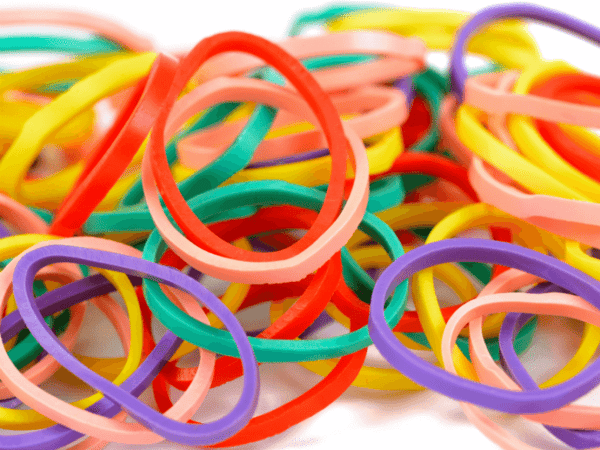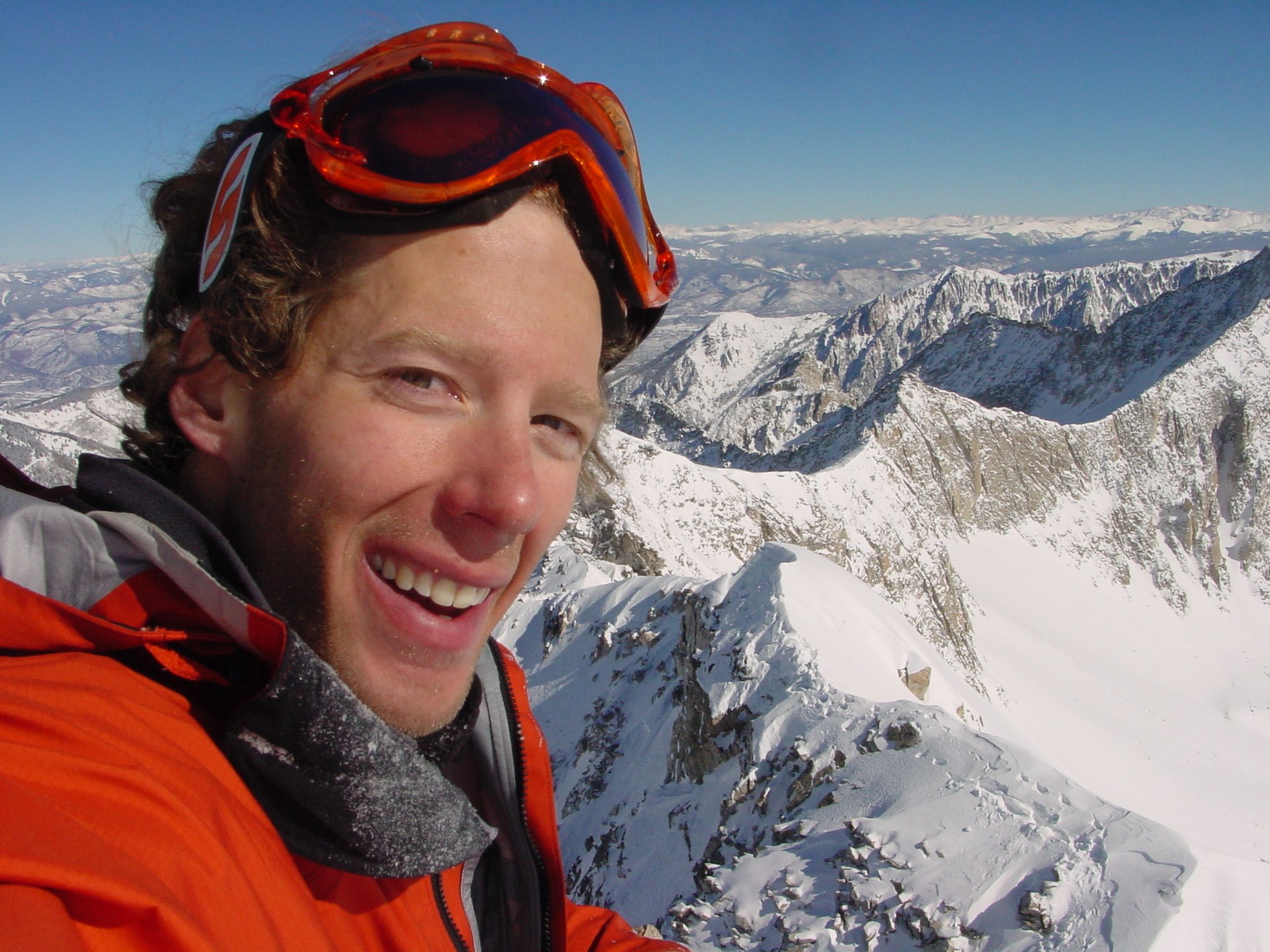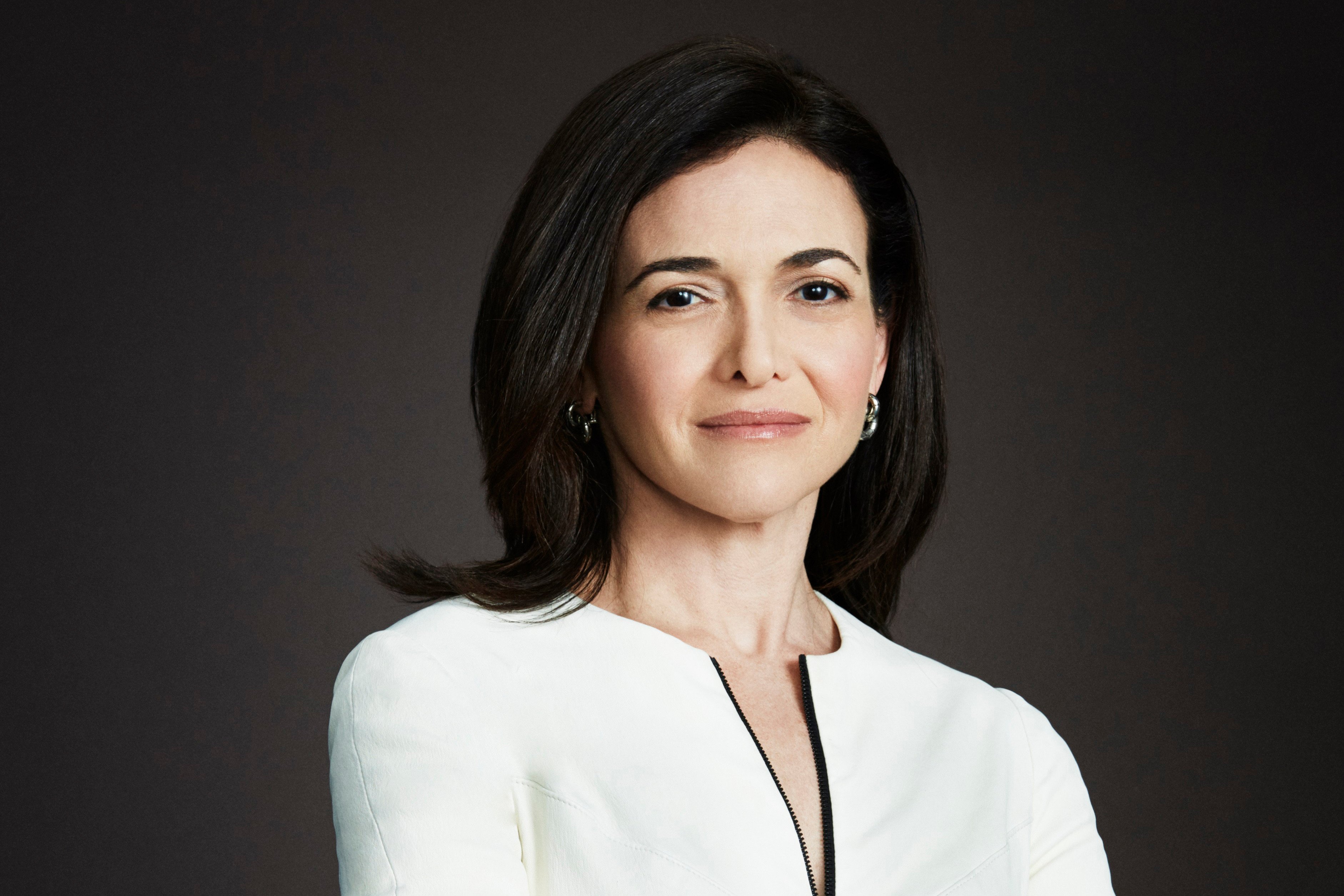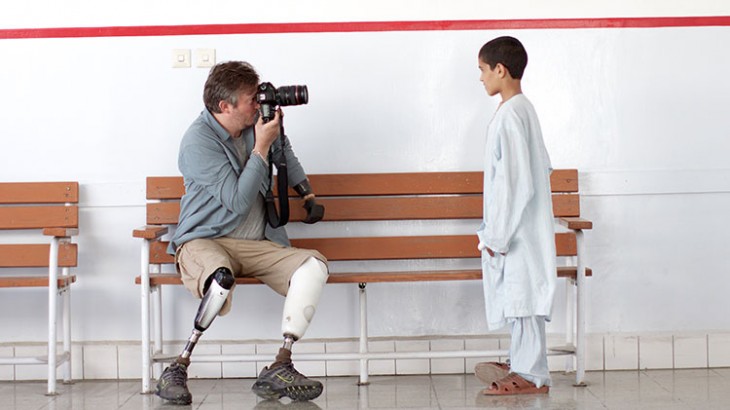Inspiring Stories of Resilience to Help You Make It Through COVID-19
It doesn’t need to be said any more than it already has, the COVID-19 pandemic has thrown us into an unprecedented time of confusion and struggle. Though world wars, terrorist attacks, recession, and natural disasters have all been a part of our personal histories, this pandemic is different because it is touching all of our lives, all around the world, at once.
But while this period of time is definitely new, facing confusion and struggle is not. We have powerful stories of resilience and growth following challenging circumstances that can inspire us to not just wait it out, but to see great progress in ourselves and our quality of life.
Resilience is our capacity to endure, recover, and grow from challenges. Think of a rubber band. The more a band is stretched and pulled, the more elastic and springy it gets. It can handle greater strain and stress without breaking. Resilience for our character behaves the same.

The more we are stretched and pulled, the more elastic we get. We bounce back. We are calm under pressure. We recover quicker from being strained and we don’t feel as much pain the next time something pops up to stress us out.
Right now is one of those stretching, uncomfortable, sometimes painful situations. While it’s true that no one living can remember a pandemic like this, stretching situations happen all the time. We can learn from others’ experience and see how they increased their resilience when they were put under great strain. So let’s look at 3 stories of resilience that can inspire us and give us ways to increase our capacity.

Story 1: Aron Ralston – “127 Hours” inspiration
Aron is an adventurer and ambitious explorer. He loves hiking, caving, and going where no man has gone before in nature.
Then one day he was exploring slot canyons in Utah and a rock fell on him, wedging his arm between a massive, immobile boulder and the rock wall of the slot canyon. For 6 days, he was alone and unable to move. Death was basically certain.
Dehydrated, completely starved of calories, exhausted, and desperate, Aron actually had to cut his own arm off to escape. He made it out and was rescued.
Following the unbelievable trauma of being trapped for 6 days, Aron still had months ahead of him of difficulty. His recovery included infections, surgeries, and lots of slow healing. But he felt like it was all worth it because of his gratitude for his life. He was so excited to be healed so he could return to his love of climbing mountains. He wanted to be completely engaged in his life and fill it with rich and diverse experiences. He came so close to dying, but he persevered and lived, and went on to climb lots of difficult mountains.
Here we get a key for building resilience: Gratitude. In any difficulty, good things are still happening in your life. Taking the time to acknowledge those good things can heal your heart and divert your attention from what’s wrong to what’s right. It doesn’t remove the thing you’re facing, but it can give you a little boost that increases your capacity to handle it.

Story 2: Sheryl Sandberg
Sheryl is a very public figure in the business world as the Chief Operations Officer of Facebook and a former global VP for Google. She married Dave Goldberg, the CEO of SurveyMonkey. Despite both of their demanding careers, they lived a pretty normal life with their two kids and were extremely happy together.
Then on vacation in Mexico, Dave unexpectedly passed away. It was so shocking, so devastating, and Sheryl had no idea how to cope. She had a new reality as a widow, with two young kids, trying to grieve while still running a global company. Sometimes, it was so overwhelming that she couldn’t leave her bed.
But in talking with her friend, he advised her to activate her resilience. He taught her to acknowledge that Option A – the life with her husband – wasn’t available to pursue any more. But she could adjust, and start moving down the path of Option B and see what this path had to offer her.
That phrase “Option B” stuck in her mind. Sheryl decided to view her experience as an experiment to practice resilience strategies and write a book about what she learned.
She learned about resilience by collaborating with others who have faced a variety of challenges. She gathered stories from incarcerated inmates, mothers who’ve lost children, abuse survivors, recovering addicts, and more. She compiled them, along with her own story, in a book she fittingly titled “Option B: Build Resilience in the Face of Adversity”. (See some of the inspiring stories Sheryl collected at her website here: https://optionb.org/stories)
Speaking with others about their stories helped her to heal. She felt connected to their struggles, and it gave meaning to hers. No one is immune from adversity, but facing it definitely can make us feel alone. Sharing her story and hearing others’ stories helped her to not feel alone.
From Sheryl’s story we learn another practice for resilience: learn from stories of overcoming adversity. Seeking out inspirational stories (like this blog post) or by asking for stories from people you trust can help you realize you are surrounded by support. We all feel stronger with someone we trust by our side.

Story 3: Giles Duley
Giles Duley followed an ambition he had as an 18 year old to become a photographer and capture compelling stories. Giles was particularly drawn to capturing the stories of the civilians in war-torn countries. He wanted to change the narrative about their “victimhood” and show them as dynamic, loving, human beings just like you and me.
Then while on assignment in Afghanistan, Giles stepped on a land mine. The accident cost him both of his legs and one of his arms. He believed that he would never walk or photograph again.
While he was going through dozens of surgeries and a year of intense therapy, he watched as Syria entered a war that caused its people to have to flee. Despite the pain and difficulty he was still facing, he knew he had to get back to photography so he could go capture their stories.
He worked hard to recover, and as a result he spent many months with Syrian refugees. He shared some of the stories of the people he grew to know and love who had fled from Syria in his inspiring TED talk: https://www.youtube.com/watch?v=5qdZybH-LnI
From his story, we learn an important strategy for building resilience. He connected suffering to a greater purpose. He felt it deep within him that he needed to recover so he could help refugees. He could have settled for a less risky job, and no one would have blamed him. But he realized he had a unique perspective now as someone who had faced injuries like theirs. He had empathy for them in a way that very few people could have.
His story is inspiring because he was handed a whole new reality (one with prosthetics and chronic pain and major adjustments to daily routines) and he chose to stay committed to his passion and his purpose. He adjusted, while still living the life he wanted to lead.
We are in this together
Resilience is not a natural reaction to something stressful. Resilience is earned. And each of us must be put in situations that stress us and cause us to have to become more flexible in order to earn it. Right now is one of those times, but it won’t be the last. It is a great opportunity to build our capacity for resilience now so we can face adversity in the future even better.
3 practices we learned to apply are:
- Gratitude
- Learn from others’ stories of resilience
- Connect suffering to a greater purpose
We cannot cross over this pandemic. There isn’t a shortcut hiding on the side or underneath it. We must go through it. We are all going through it together, so let’s help each other. Share things you are grateful for. Share your stories of facing tough things before. And do some soul searching to see the greater purposes in what we are facing right now.
Like a rubber band, I hope we all come out of this more flexible, more adaptable, and quicker to recover when we face our next tough thing.
Hang in there everybody, we got this.
%20-%20Copy.png)